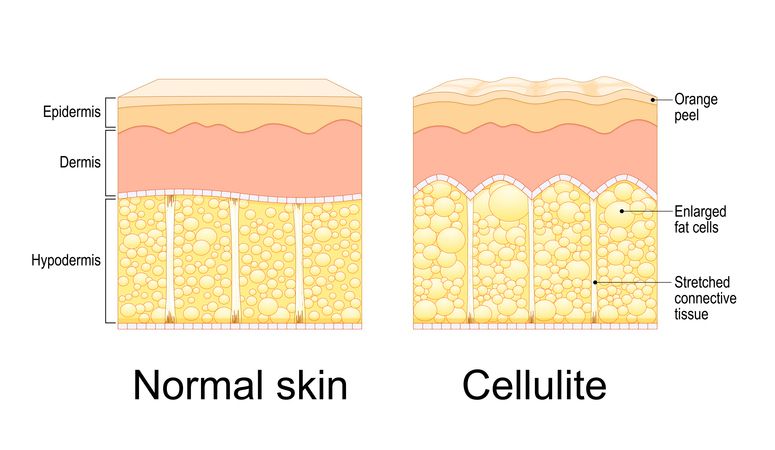
Book Now to Experience
Acne Treatment
1 Minute Self-Registration
Date should not be before minimal date
Author: Natalie Ng|23 April 2025
Hormonal pimples on the chin are a common issue, especially for people dealing with hormonal fluctuations. These breakouts often show up as deep, painful pimples and are harder to treat than regular acne. They tend to form when changes in hormone levels increase oil production, which clogs pores with dead skin cells and acne-causing bacteria. This kind of acne usually appears around the lower face and jawline, and it can affect both teens and adults—especially those with irregular periods, polycystic ovary syndrome (PCOS), or stress-related hormone changes. It’s also more likely to flare up during certain points in the menstrual cycle. If you’ve been stuck with recurring chin breakouts, you’re not alone. Keep reading to learn about six proven ways to treat hormonal acne and get to the root of the problem.

1
Understanding the Hormonal-Chin Connection: Why Your Jawline Breaks Out
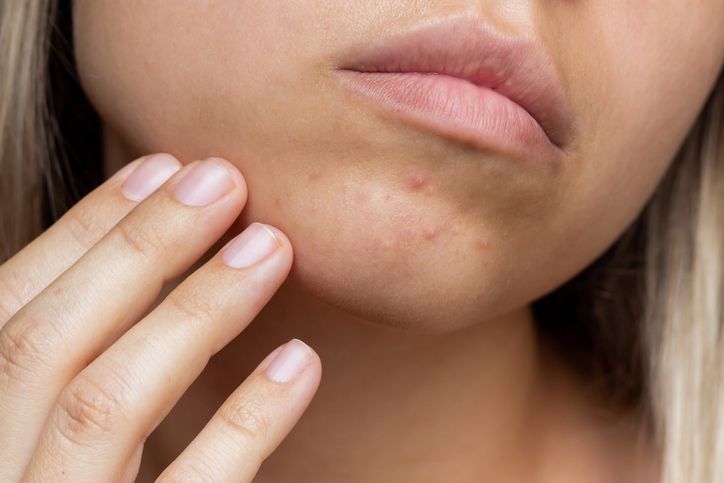
Why the Chin Is a Hotspot for Hormonal Acne
Hormones and Your Hair Follicles
It’s Not About Poor Skincare

2
Balance Your Androgens With Diet and Lifestyle Changes

Eat to Support Hormone Balance
Reduce Stress to Lower Androgen Production
Exercise Regularly for Hormonal Stability
Read More

3
Regulate Oil Production Through Prescription Medications

Oral Birth Control Pills Can Help Stabilize Hormone Levels
Spironolactone Targets Androgens Directly
Isotretinoin (Accutane) for Severe or Persistent Hormonal Acne

4
Natural Supplements That Help Control Hormonal Fluctuations
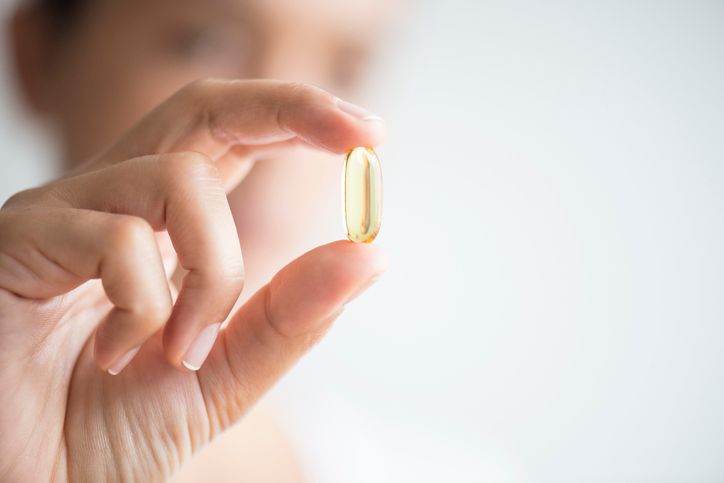
Omega-3 Fatty Acids Reduce Inflammation and Sebum Production
Spearmint Tea May Lower Androgens Naturally

Book Now to Experience
Acne Treatment
1 Minute Self-Registration
Date should not be before minimal date

5
Topical Treatments for Hormonal Acne
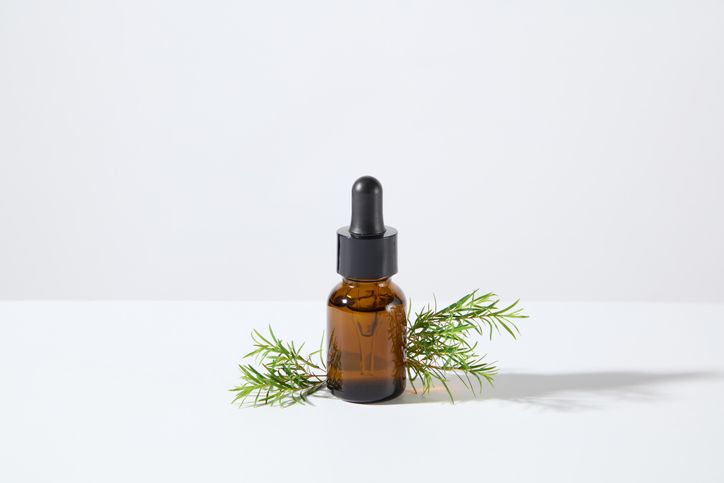
Benzoyl Peroxide: Kills Acne-Causing Bacteria
Salicylic Acid: Unclogs Pores and Fights Fungal Acne
Tea Tree Oil: Natural Antibacterial Support
Niacinamide: Regulates Oil and Calms Redness
Azelaic Acid: Fights Inflammation and Brightens Skin

6
New Beauty’s Acne Treatment
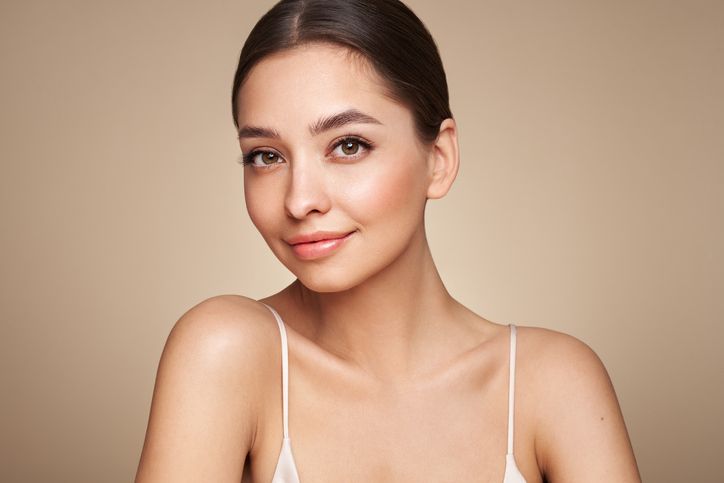
How the Treatment Works
Why It's Effective for Hormonal Acne
Benefits of the Acne Treatment
Read More

7
Stress Management Techniques for Hormonal Skin Health

How Stress Affects Hormonal Acne
Simple Daily Practices That Help
FAQ
Can Birth Control Pills Make Hormonal Acne Worse?
Birth control pills can have varying effects on your acne. While most pills reduce hormonal breakouts by regulating androgen levels, certain types containing progestin-only hormones might worsen your acne. You'll want to discuss options with your healthcare provider, as they can recommend combination pills with both estrogen and progestin that are proven to help clear skin and balance hormones effectively.
How Long Does It Take for Hormonal Acne Scars to Fade?
Hormonal acne scars typically take 3-6 months to fade naturally, but this timeline can vary based on your skin type and the severity of scarring. You'll see faster results by using treatments like vitamin C serums, retinoids, or chemical peels, which can reduce this time to 6-8 weeks. For deeper scars, you might need professional treatments such as microneedling or laser therapy, which can take 3-12 months for ideal results.
Is Hormonal Acne Genetic?
Hormonal acne can indeed be genetic. You've inherited specific genes that affect your hormone sensitivity, oil production, and inflammation response. Research shows that if your parents struggled with hormonal acne, you're more likely to experience it too. However, genetics aren't your destiny - lifestyle factors, stress levels, and skincare routines play vital roles in managing breakouts effectively.
Does Drinking More Water Help Reduce Hormonal Breakouts?
Drinking more water can help reduce hormonal breakouts by flushing out toxins and maintaining your body's hormone balance. When you're properly hydrated, your skin produces less excess oil to compensate for dehydration, which can minimize clogged pores. While water alone won't cure hormonal acne, consuming 8-10 glasses daily supports your skin's natural healing processes and helps regulate oil production.
Can Men Get Hormonal Acne on Their Chin?
While you might think hormonal acne only affects women, men can absolutely develop hormonal acne on their chin. Your body's testosterone levels fluctuate throughout the day and can trigger excess oil production, leading to clogged pores and breakouts in this area. When androgens (male hormones) increase, they stimulate oil glands, especially around the chin and jawline, causing both teenage and adult men to experience hormonal acne.

Book Now to Experience
Acne Treatment
1 Minute Self-Registration
Date should not be before minimal date
Recommended Articles
COPYRIGHT© NEW BEAUTY MANAGEMENT LIMITED 2025. ALL RIGHT RESERVED.

